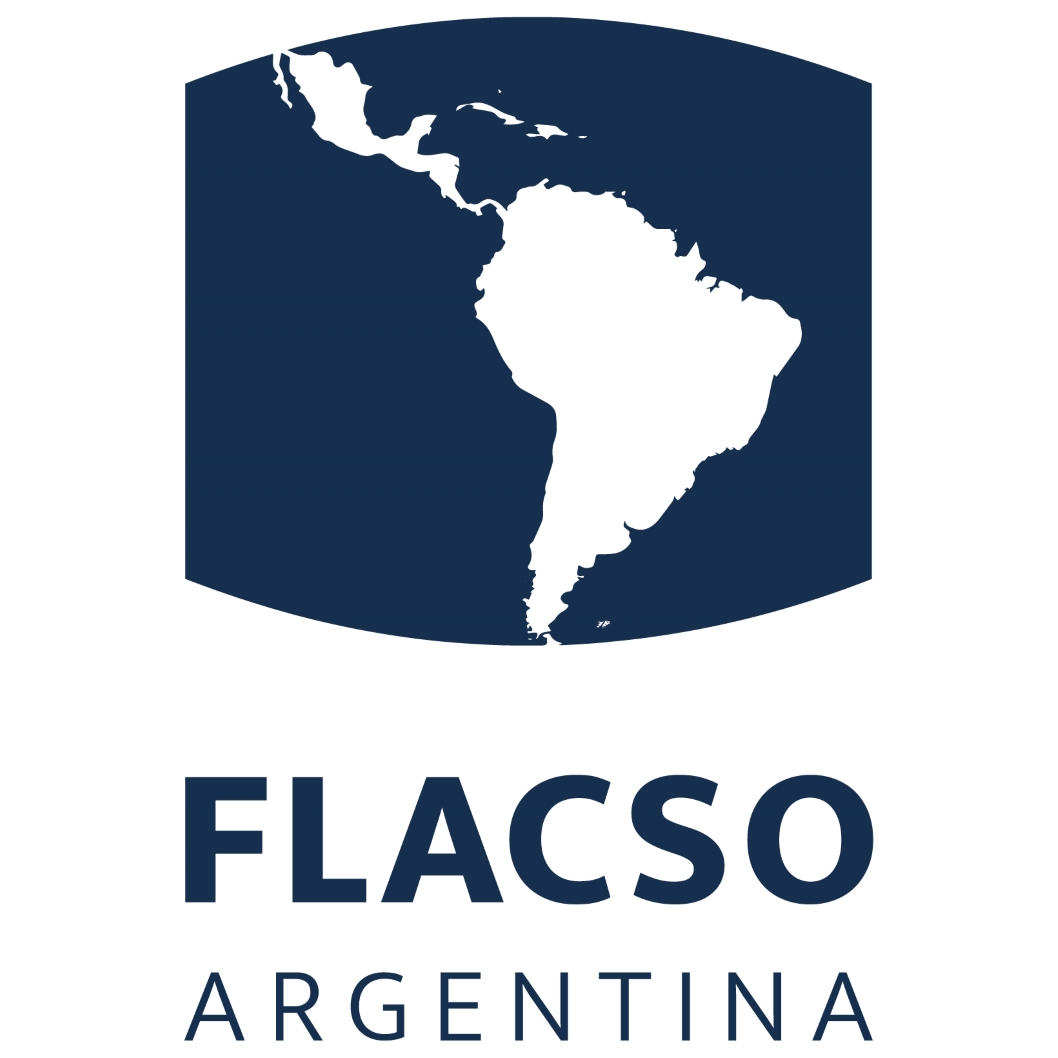Skills of the technical drawing from the computer class
Keywords:
Teaching, learning, self-learning, teacher trainingAbstract
The objective of the work is to expose the experiences lived by the author during the teaching of the Basic Computer Science subject applied to Drawing, and the results during the development of the teaching-learning process in the training of teachers of the Bachelor of Education, Specialty in Labor Education Plan E, using Free Software, LibreCAD as a learning tool for Technical Drawing, the topics of the program were organized according to those who receive Technical Drawing II. To demonstrate what happened, the observation of student performance, the appropriation of theoretical content and the acquisition of skills, the analysis of the marks record of the exercises and the criteria of students and teachers were used, obtaining an assessment of the impact of the use of electronic presentations in the teaching-learning process of the subject with examples of drawings of views, bodies and geometric solids that will be represented in the other subjects of the Discipline Constructive Processes, allowing students to be introduced to design assisted by computer by quickly drawing drawings, with greater precision, cleaning and with the application of special techniques that are not possible by conventional meansDownloads
References
Adell Jordi. Wikis en educación. Universitat Jaume I. Disponible en el CD de la carrera Educación Laboral-Informática. Cuba. MES
Agüero, E, E. (2019). Programa de la asignatura Dibujo Técnico II 2do año CD. Especialidad Educación Laboral Plan E. Santa Clara. Villa Clara. MES.
Aprendizaje colaborativo en las redes de aprendizaje. Disponible en http://urtol.tol.itesm.mx/webpage/ppt/ponenciatrabajocolaborativovirtual.doc y en el CD de la carrera Educación Laboral-Informática. Cuba. MES.
Área de Servicios Departamento de Informática Universidad Nacional de San Luis. (2016). Manual de LibreCAD. Materia: Sistemas de Representación Carreras: Ing. en Computación Ing. en Informática.
Avila, P. (s. f.). Aprendizaje con Nuevas Tecnologías. Paradigma emergente. Recuperado de: http://investigacion.ilce.edu.mx/panel_control/doc/ c37aprendizaje.pdf
Ayudas del sistema AutoCAD (2007). Guía del Usuario y la Referencia de comandos. Cuba. MES.
Cerezo, R., Núñez, J. C., Fernández, E., Fernández, N. S., & Tuero, E. (2011). Programas de intervención para la mejora de las competencias de aprendizaje autorregulado en educación superior. Perspectiva Educacional. 50(1): 1-30.
Dodge Bernie. WebQuest Taskonomy: A. Taxonomy of tasks. (traducido por Nuria Abalde. C.F.R. de A Coruña. Abril-Mayo. 2002. Disponible en el CD de la carrera Educación Laboral-Informática.
Enciclopedia Wikipedia http://www.wikipedia.org
Fernández, B. (2018). Programa: Herramientas de diseño aplicadas a la Educación Laboral. Ciego de Ávila. Cuba. MES.
Gener Navarro, E. J. (2006). Temas de Informática Básica. Editorial Pueblo y Educación. La Habana, Cuba.
MES, (2016). Plan de estudio de la Licenciatura en Educación Especialidad Educación Laboral Indicaciones metodológicas y de organización de la carrera.
Morales, C. (1998). Inteligencia, medios y aprendizaje. En: Tecnología y Comunicación Educativas. No. 28, ILCE-México, julio-diciembre, en prensa.
Pérez, Amaury, Lecciones de AutoCAD. Disponible en el CD de la carrera Educación Laboral-Informática.
Pérez, M. (2019). Programa de la asignatura Informática Básica aplicada al Dibujo 2do año CD. Especialidad Educación Laboral Plan E. Santa Clara. Villa Clara. MES.
Álvarez de Zayas, R.M. (1997). Hacia un currículum integral y diferenciado.:11-12
Rodríguez Lamas R., et al. (2000). Introducción a la Informática Educativa. Editorial Pueblo y Educación. La Habana, Cuba.
Trujillo, J. A., & Alea, M. P. (2016). Programa de la Disciplina Informática CD, Plan de Estudio E. Cuba. MES.
Yturria Montenegro P. L., & Miló Anillo M.C. (2012). Folleto de Ejercicios para AutoCAD, Disponible en el CD de la carrera Educación Laboral-Informática. Pinar del Río. Cuba.

.jpg)










